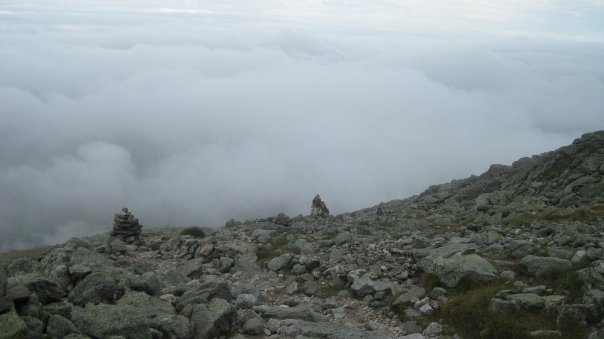
The aura of the White Mountains in New Hampshire starts and stops with Mt. Washington and Tuckerman Ravine. The ravine is a bowl/face on part of Mt. Washington that has a notoriety for its steep grade and tough trails and drops. There are many videos showing the utter force of the wind, snow and cold at the summit. A lot of people don’t really understand the magnitude of the White Mountains. They symbolize the East Coast in every facet; bitter, gnarly and tough to conquer.
The closest town to Tuckerman is North Conway, NH, a crunchy, adventurist dream base. It serves as the hub for hiking, skiing, and other activities in the area. While many people come to Tuckerman Ravine to experience hiking, few are actually prepared for it. As the most popular trail reaching the top of Mt. Washington, it is also the most dangerous and deadliest. The summer months are the busiest times on the trail and for that matter the least treacherous. It is usually not the terrain that gets people into sticky situations, it’s temperatures, even in the summer combined with the wind, it can drop to dangerous levels.
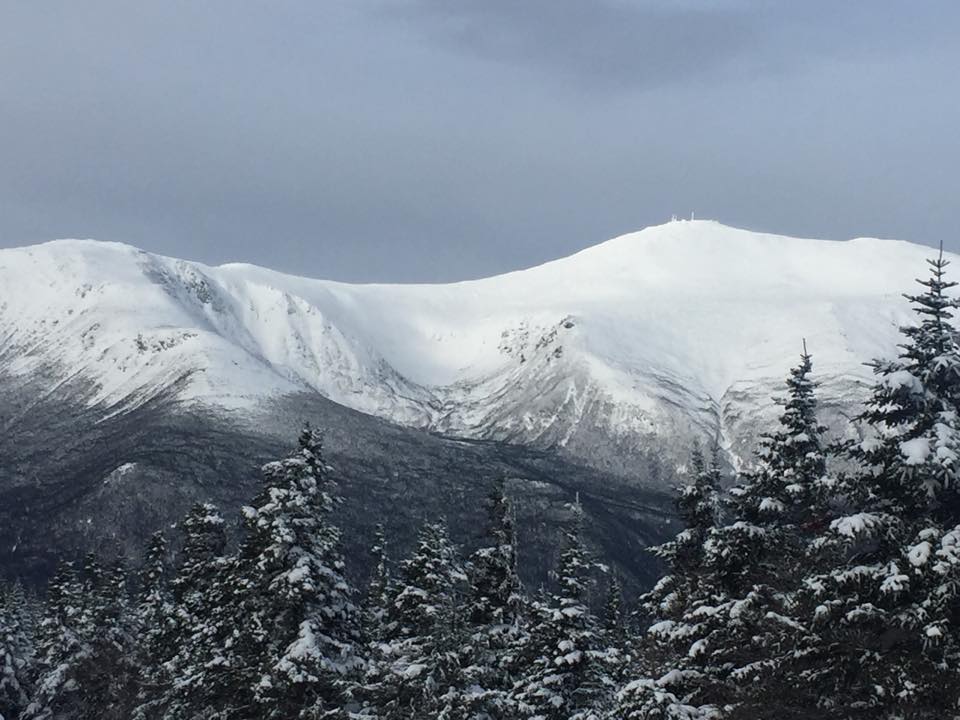
Come fall, the snow starts falling and doesn’t let up. Conditions get progressively worse, this is where we start to see more incidents. With enough snow, there is a serious avalanche concern around the entire mountain and specifically in the ravine. Many people will tour/hike and ski which can be a rewarding experience–if you know what to do. There was a death in the spring which was caused by a slide and an avalanche, the skier was trapped. Adding to the danger, the ravine is in a very remote area that doesn’t have patrol or ample rescue service. If there is an emergency, it can really put the golden hour to the test.
This “Tuckerman dilemma” is at a strange spot because of the trade-off. The stunning views and natural beauty of the landscape will always have people yearning to climb and spend time on the mountain, but the danger is bound to be a factor one hundred percent of the time. Fifteen percent of the hikers and skiers who have died in the White Mountains have died in Tuckerman Ravine.
If you are planning a trip up or down the ravine, it is best to go in April, May or early June. The snow is most stable during this time of the year and offers the least danger.

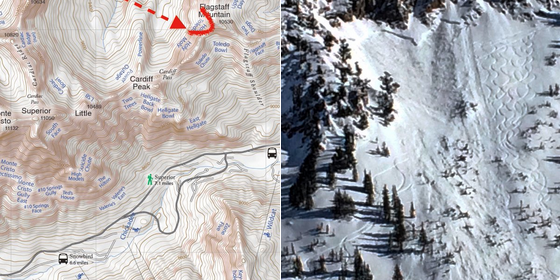

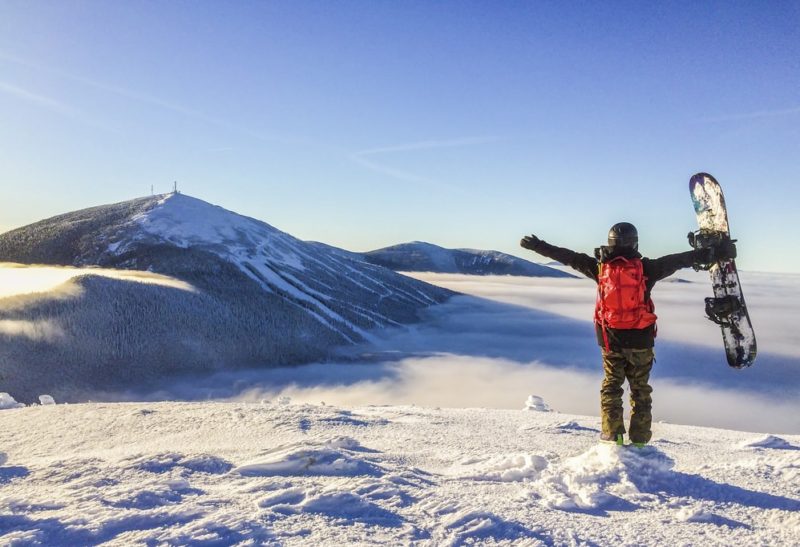
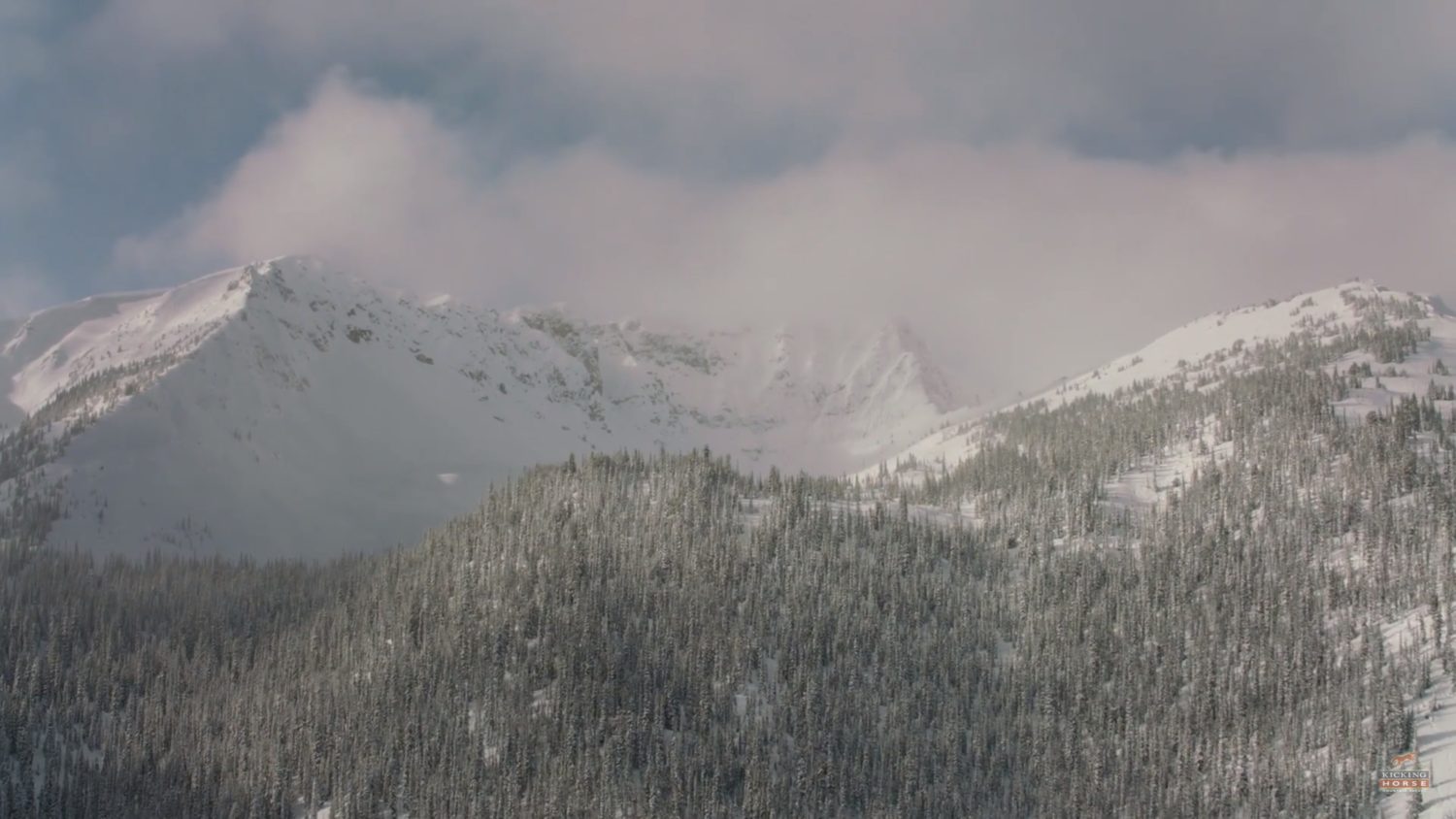
Thanks Mr. know it all… and Huntington’s ravine isn’t a class 4, it’s a 3.
And everyone should know there are plenty of reliable water sources before the summit depending on the way you approach. Just make sure you bring your filter.
April and may are very dangerous for beginners. Icy, unpredictable terrain and weather..
Absolutely. The shoulder season in April-May can be treacherous with the snow melt among other springtime hazards. It makes no sense for the author to state that this is the time when the snow is the most ‘stable’. In my opinion, these are the worst months to hike the whites. Besides, that time of year is river kayaking season!
Gorham is closer than North Conway
Perhaps the most dangerous issue is that casual hikers, or first timers are ill prepared for the hike up Mt. Washington. There are many trails and loops, some better going up or down. Huntington’s ravine is arguably the most challenging, and least well marked (rating of 4). Having hiked the mountain 20 times, here’s some additional advice.
1. Wait for frontal passage, your hike will have clearer summit conditions.
2. Start early during summer so you are below tree line again before pop up late afternoon T storms occur. There is no place to hide in the final ascent.
3. Cotton kills, wicking synthetics, or wool will reduce hypothermia as you reach higher altitudes after sweating.
4. Layer clothing, use wind breaking tops and bottoms up high.
5. Get hiking poles, their carbide tips act like additional legs, especially coming down.
6. Bring water. The summit has food, but there is no safe water until you summit.
It’s Tuckerman Ravine not Tuckerman’s. Named after Edward Tuckerman not his possession…. Also what is a partial avalanche? It was an avalanche full stop that resulted in the fatality last spring.